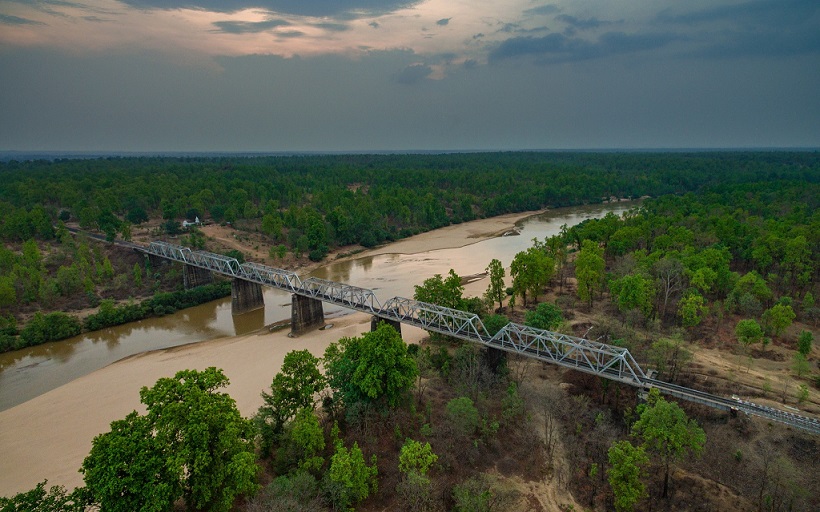Physiography, Topology, Geology, Climate, Precipitation, capability to retain Water and availability of waterbodies are the major factors which decide the types of vegetation and habitats of wild animals which will be found in an ecosystem. SanjayTiger Reserve contains steep hillocks with varying degree of slopes and rolling Meadows with lush grasses in the valleys, which offer unique eco-systems and create diverse types of wildlife habitats, allowing a variety of species of plants and animals to flourish in the reserve.
The rugged terrain of Sanjay tiger Reserve along with the climatic factors creates various micro-climatic and ecological niches which are responsible for the great variety of flora in this tract. There are around 300 recorded species of plants, some flowering and some non- flowering ones which appear during monsoons and are yet to be recorded. Most of the Tiger Reserve is covered with beautiful Sal forest which is about 40-90% of the total vegetation.
The forest area is very dense and at some patches, the canopy tends to be completely closed. Bamboos are present in most of Sal Forest area. There are no grass meadows of significant size in the tiger reserve. The entire crop is mostly middle to mature. Trees and Plants which are commonly found are:
Sal (Shorearobusta), Saj (Terminalia tomentosa), Dhaora/Dhavda (Anogeissus latifolia), Tendu (Diospyros melanoxylon),Baheda(Terminalia bellerica), Arjun (Terminalia arjuna), Amla (Emblica officinalis), Palas (Butea monosperma), Salai (Boswellia serrata), Bhirra (Chloroxylon sweitenia), Gamar (Gmelina arborea), Dhaman (Grewia tilifolia), Mango (Mangifera indica), Jamun (Syzygiumcumini), Bamboo (Dendrocalamusstrictus), etc.

 Twitter
Twitter


